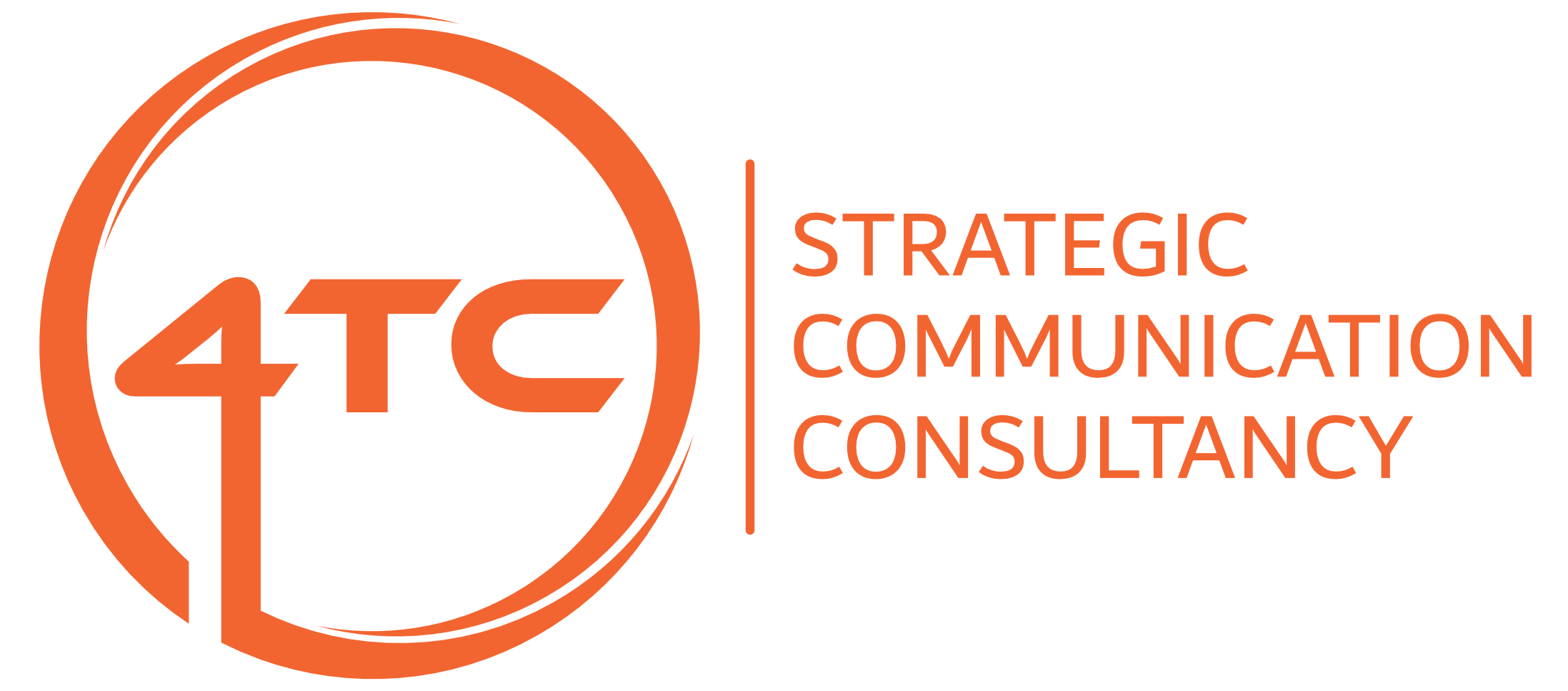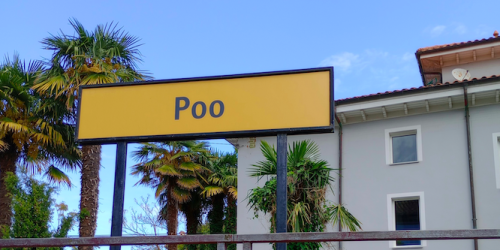By JEREMY PROBERT
Recently, I got to listen to Andrew Simon, Global Creative Director of Edelman (a huge US-derived PR conglomerate). The subject matter was ‘The Blending of Earned and Paid Media’, a topic of some interest to us at 4TC as we operate in both spaces.
Why do we operate in both space? Well, because sometimes you can’t get the earned coverage you need and the best way to gain exposure for your message is by paying for it (and don’t start me on advertising vs advertorial). At other times you may want to amplify your earned media and therefore choose to support it with paid-for content.
The talk – and the learnings therein – were very much based on the assumption that your organisation or brand has a ‘big idea’ (a creative concept, a cause to champion, an issue to address) and if not, that it can find one.
Don’t let that put you off – great ideas don’t come in boxes of six and while you’re looking for yours, best to be prepared to exploit it when you find it.
So what are the things to consider when exploiting an idea and the story that you build around it?








